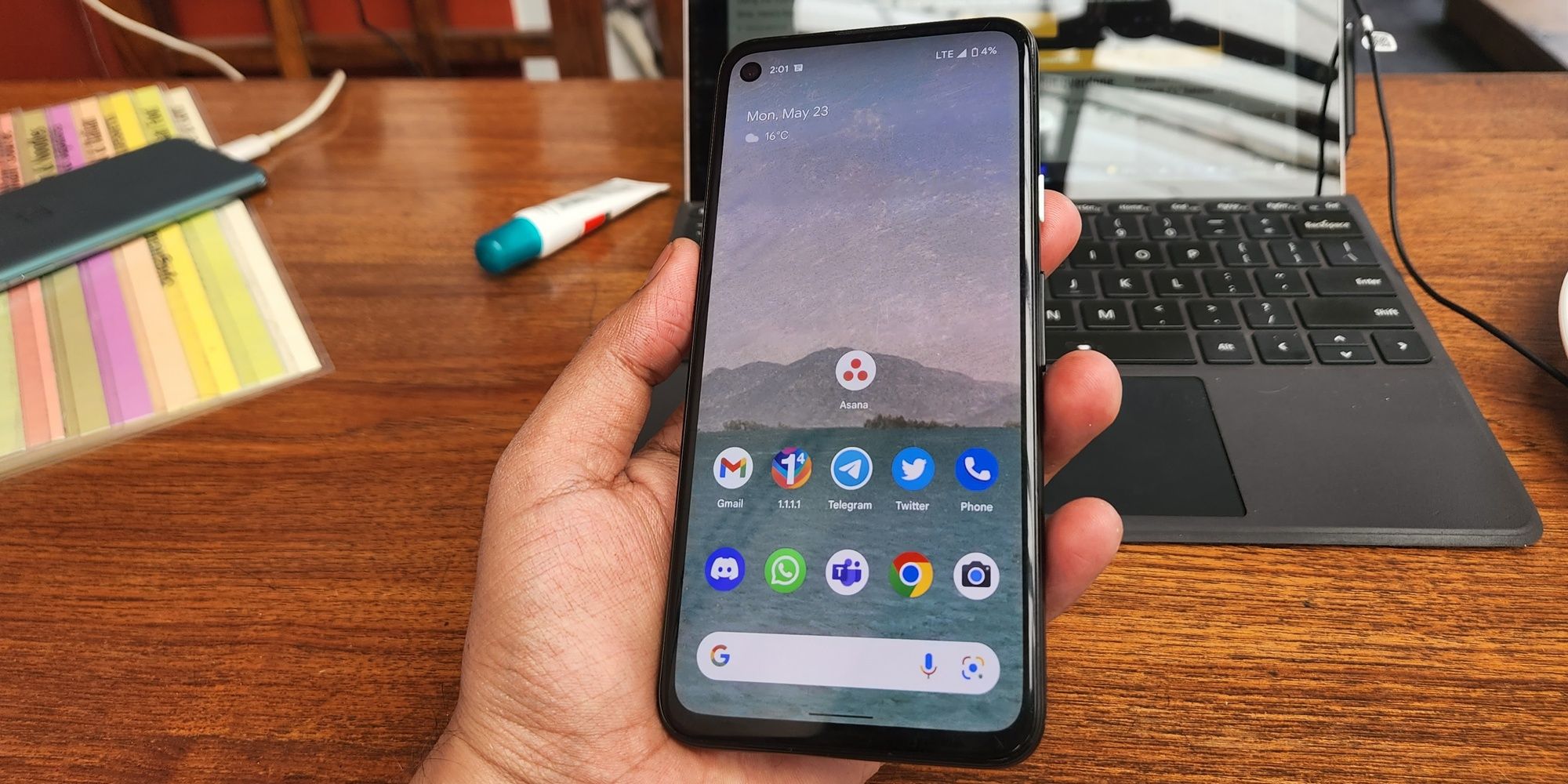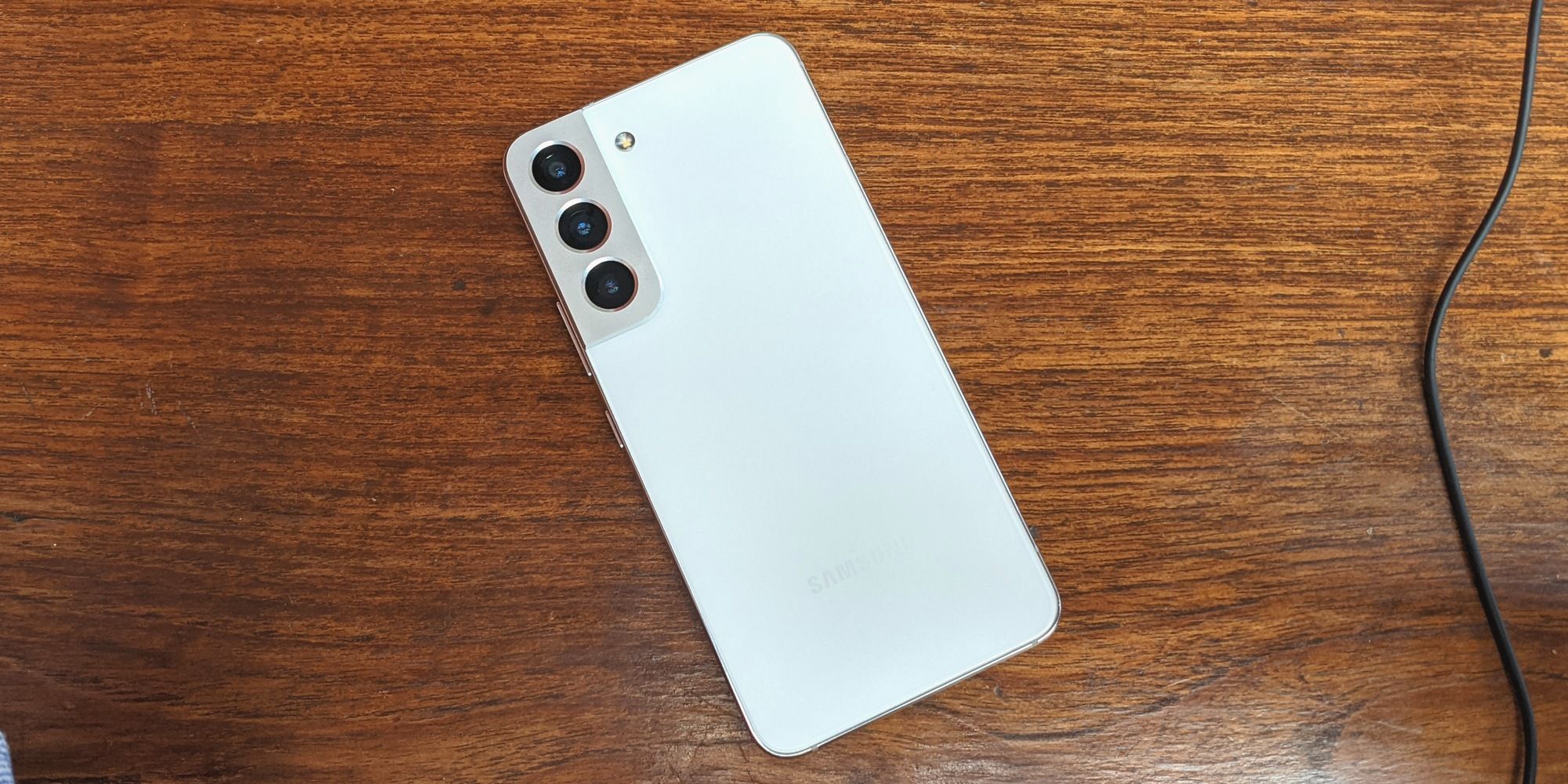The small phone movement is getting another push, this time on Android, despite the category being a polarizing topic. Apple has already burnt its hands making a small phone, as market analysis suggests that the ‘mini’ line-up hasn't performed as expected. And if leaks and predictions from industry analysts are anything to go by, the iPhone 13 mini is dead. Instead, Apple is replacing it with a Max model that will sit between the vanilla iPhone 14 and the Pro. If one were to take a rational look at the iPhone 13 mini, it had everything that the iPhone 13 had to offer, all crammed into a package that comfortably fits in users’ hands.
Plus, the 13 mini is a few hundred dollars cheaper than the vanilla model, which makes it even more perplexing as to why the phone failed, and to such an extent that Apple canceled it just two years into its product life. One can argue that the demerits of a small phone far outweigh the benefits of a regular or Max / Ultra / Pro phone, with poor battery and cramped screen real estate being the key reasons. Just hand over the iPhone 13 mini to a person with average-sized hands and ask them to play a game or watch their favorite TV show episode on it.
The latest campaign to revive the small phone category comes from Eric Migicovsky, who is better known as the founder of Pebble. Industry watchers credit Pebble as the brand that started the smartwatch trend and apparently inspired Apple to make its own widely successful smartwatch. But unlike Pebble, this time Migicovsky doesn’t have any plans to bootstrap a start-up that could make the compact Android phone of many dreams. Instead, he has highlighted the fundamentals of what makes a small Android phone. The specs are rather modest — a flagship Qualcomm processor, only a pair of cameras at the back, 8 gigs of RAM, up to 256GB of onboard storage, a hardware mute switch on the side, support for wireless charging, and an IP67-certified rugged body that doesn’t need a case.
Lofty Ambitions, Historically Bad Execution
Some of the demands are a bit ambitious though, such as an antenna that allows the phone to latch on to 5G airwaves all across the world, a bootloader that can be unlocked, and cameras that are as good as the Pixel 5, especially in the low-light photography department. On paper, the “ideal” small phone envisioned by Migicovsky sounds great, but it also happens to be eerily similar to a few phones already on the shelves — the Samsung Galaxy S22, Asus Zenfone 8, and Sony’s awfully delayed Xperia 5 III. The only difference here is that the Asus offering packs a 5.9-inch display, while the Samsung and Sony phones push the diagonal screen real estate to 6.1-inches. In fact, these phones also go a step ahead by packing more cameras, sharper screens, and a design that is fresher and more refined compared to the mini iPhone that the Pebble founder is pushing as a template.
But who will make the Android phone that Migicovsky wants? Not him, for starters. It’s mostly a fan campaign, and the target is to get over 50,000 people to sign the petition, which “might” convince a smartphone maker to make such a device after assessing interest. And if that doesn’t happen, Migicovsky will embark on a personal journey to do so based on the experience and skills he acquired while running Pebble. It seems cruel to dismiss his ambitions, but the ground reality is that very few new phone brands leave a mark in the crowded smartphone industry, with OnePlus being an exception.
In a market brimming with chunky phones, the Galaxy S22 is the closest one gets to a reasonably small phone without too many compromises. And yet, despite all its flagship goodness, the battery life is ridiculously bad. Then there’s the issue with poor thermal management, as the phone quickly warms up after playing any graphically-intensive game for more than half an hour or just clicking photos and videos on a sunny day. Sony and Asus’ compact phones lag far behind Samsung in the longevity of software support, and also don’t necessarily offer a more refined UI experience, camera output, or battery chops to one-up their Samsung rival, which makes recommending them even harder. While a Kickstarter campaign from Migicovsky might appeal to those nostalgic about compact sizes, the caveats far outweigh the perks of having a small Android phone in one’s pocket.
Source: SmallAndroidPhone


